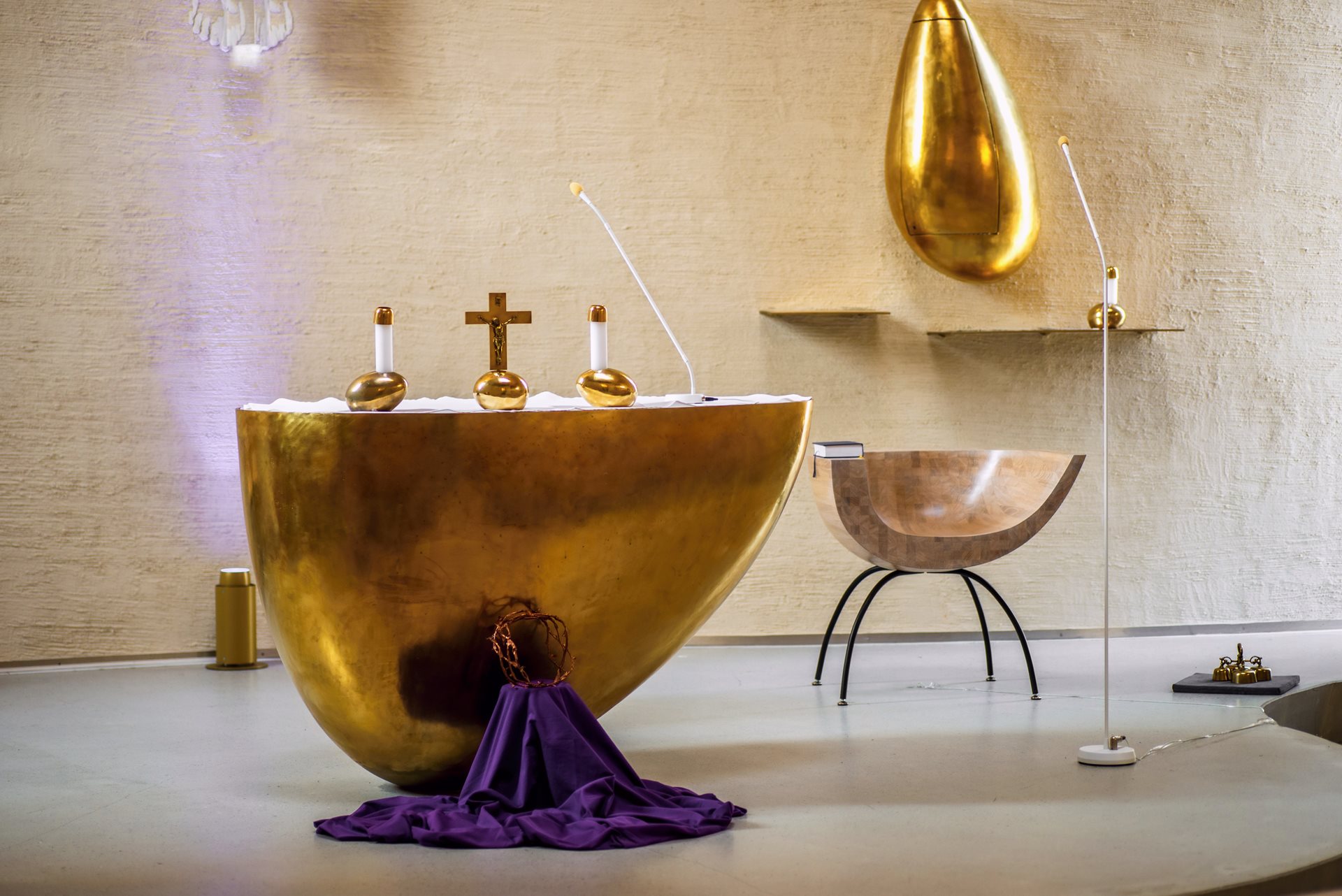Architecture is an art that evolves continuously. It not only gives us new views of the world around us, but also new materials and construction principles. Today, we would like to present five buildings that have been erected beyond the boundary of Prague that are definitely worth visiting. Some have been built on a green meadow, others have been given a new life impulse thanks to a sensitive reconstruction. You will not regret visiting them.
Lasvit Glass House in Nový Bor
There is a unique building that has been adorning the square in North Bohemian Nový Bor for over a year. The Lasvit Glassworks decided to build their new headquarters there by utilising two timbered houses from the 18th century and the empty space between them. The authors of the building were inspired by the traditional slate tile typical for this region, and they encased the new building in the empty space using special glass tiles. If you are planning to spend a night there, you will have the opportunity to see this architectural gem glow in the dark. It may only be a contemporary company headquarters, but it is still worth seeing it with your own eyes. The structure was nominated for the Dezeen Award in 2019, one of the most prestigious international awards in architecture. The authors of the project, Jiří Opočenský and Štěpán Valouch, won the main prize of the Czech Architecture Award in 2020 for the reconstruction and completion of the Lasvit headquarters. Come look at the revived tradition of glass-making, which you can also explore in the Glass-Making Museum and several glassworks in Nový Bor.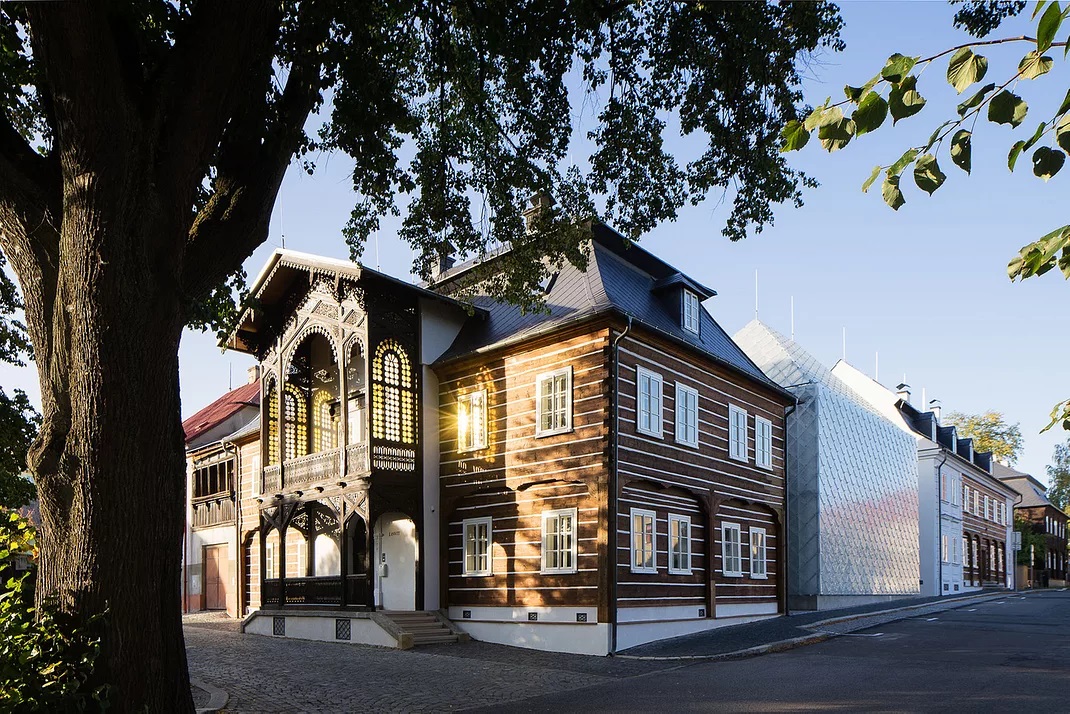
Unique Glass Crystal in Jablonec nad Nisou
The North Bohemian town of Jablonec nad Nisou is famous for glass decorations and jewellery, or costume jewellery, which has been manufactured there for several centuries. And what kind of tradition would it be if there was no museum dedicated to this art. The Glass and Jewellery Museum building is newly adorned by a glass crystal extension that will serve to expand the expositions. There will be a new exhibition of glass Christmas decorations. And how to best describe the building? Imagine a polished cut glass stone attached to the Art Nouveau building of the museum. The base is formed by the concrete ceilings and core, from which a steel structure expands, holding the 480 m2 of glass surfaces in place. This comprises 243 atypical triple-glass sections, none of which are an identical match. And that is definitely worth a visit!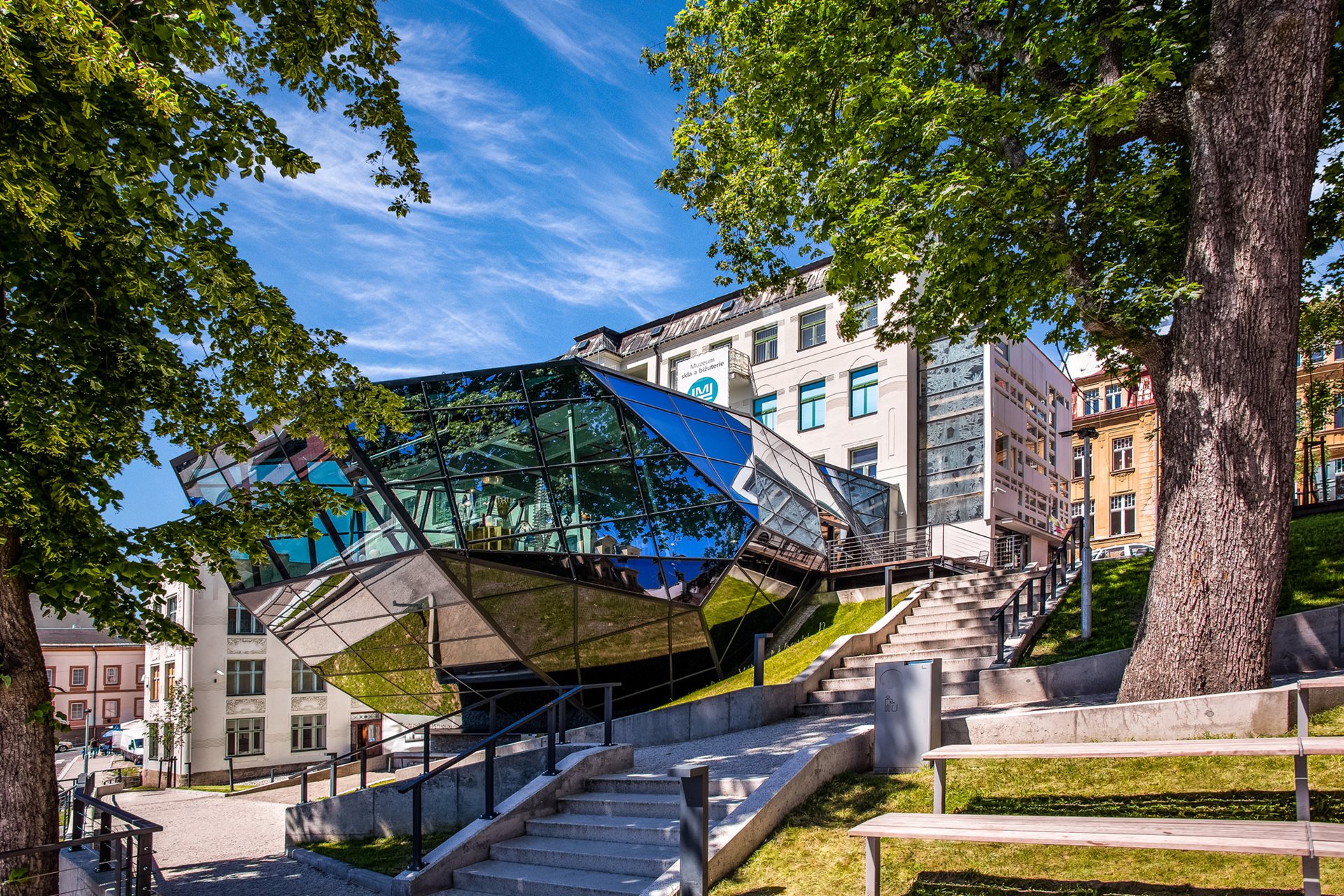
Tomáš Baťa Memorial in Zlín
The town of Zlín can be found in East Moravia. It experienced an unusual boom in the first half of the 20th century thanks to the Baťa shoe company. Today, you could call Zlín the Silicon Valley of Europe. In addition to the other remarkable buildings from Baťa’s time, visitors will find the recently reconstructed Tomáš Baťa Memorial from 1933, the most impressive architectural work by F. L. Gahura, which is one of the leading works of Zlín Functionalism. They say that the memorial is a modern paraphrase of Late Gothic structures. Like Gothic cathedrals, it is solely formed by a support system and stained glass windows; a modern concept of reinforced concrete frame and glass. It has been recently reconstructed and is now once again fit for its purpose, to commemorate the life and work of the Czechoslovak industrialist. The dominant feature in the interior is a model of the Junkers F13 aircraft, in which Tomáš Baťa died in 1932.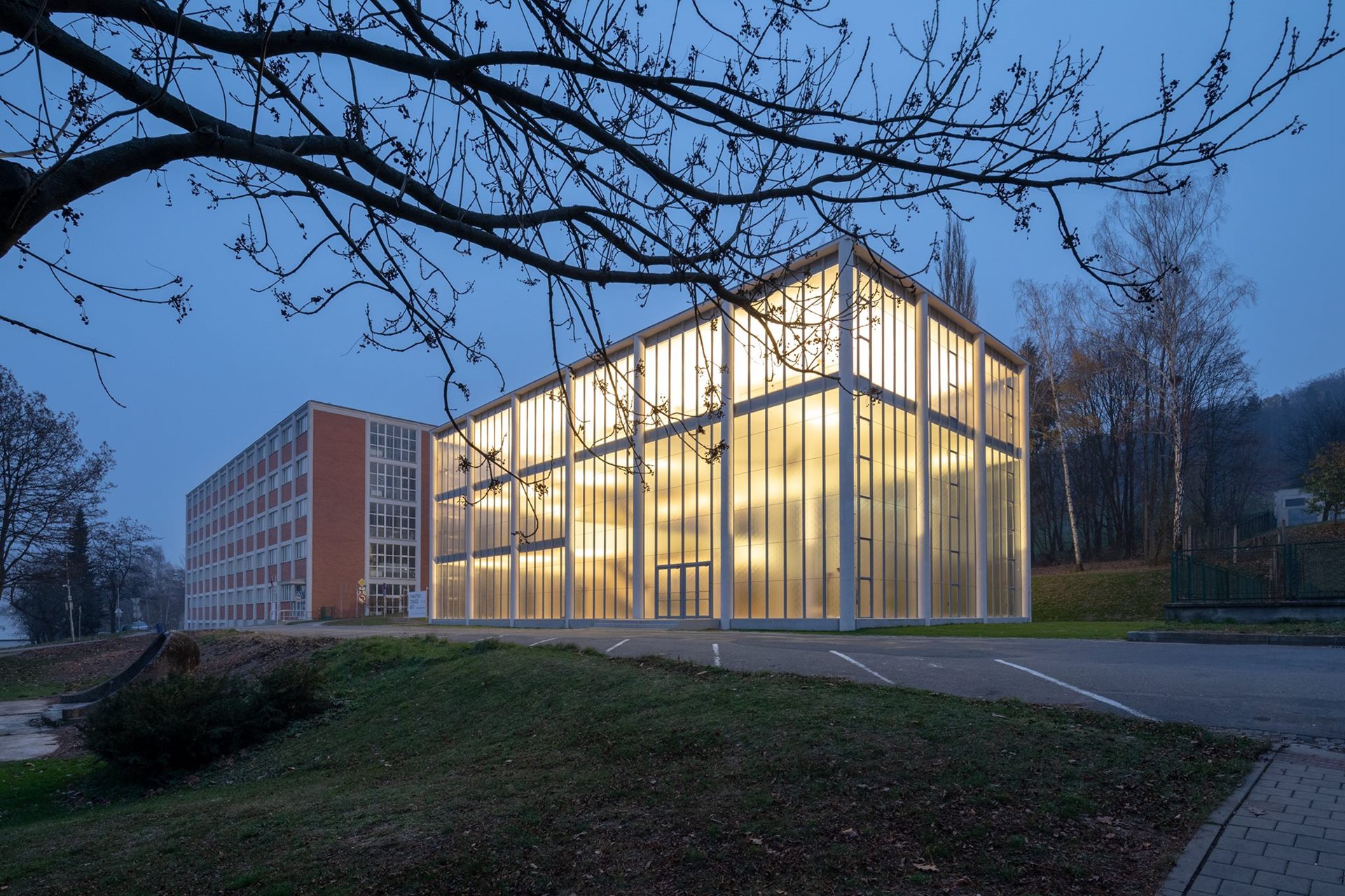
Trail above Vineyards in Kobylí
There is an unusual lookout tower, built in 2018, at Kobylí vrch in South Moravia, near the village of Kobylí. The authors of the spiral-shaped lookout tower were mostly inspired by the location. According to them, the circle represents the life cycle of nature and has deep symbolic meaning. The highest point of the lookout tower is 7.5 metres above the ground, and visitors find themselves above the vineyards and can thus enjoy an unforgettable view of the undulating Moravian countryside and its genius loci.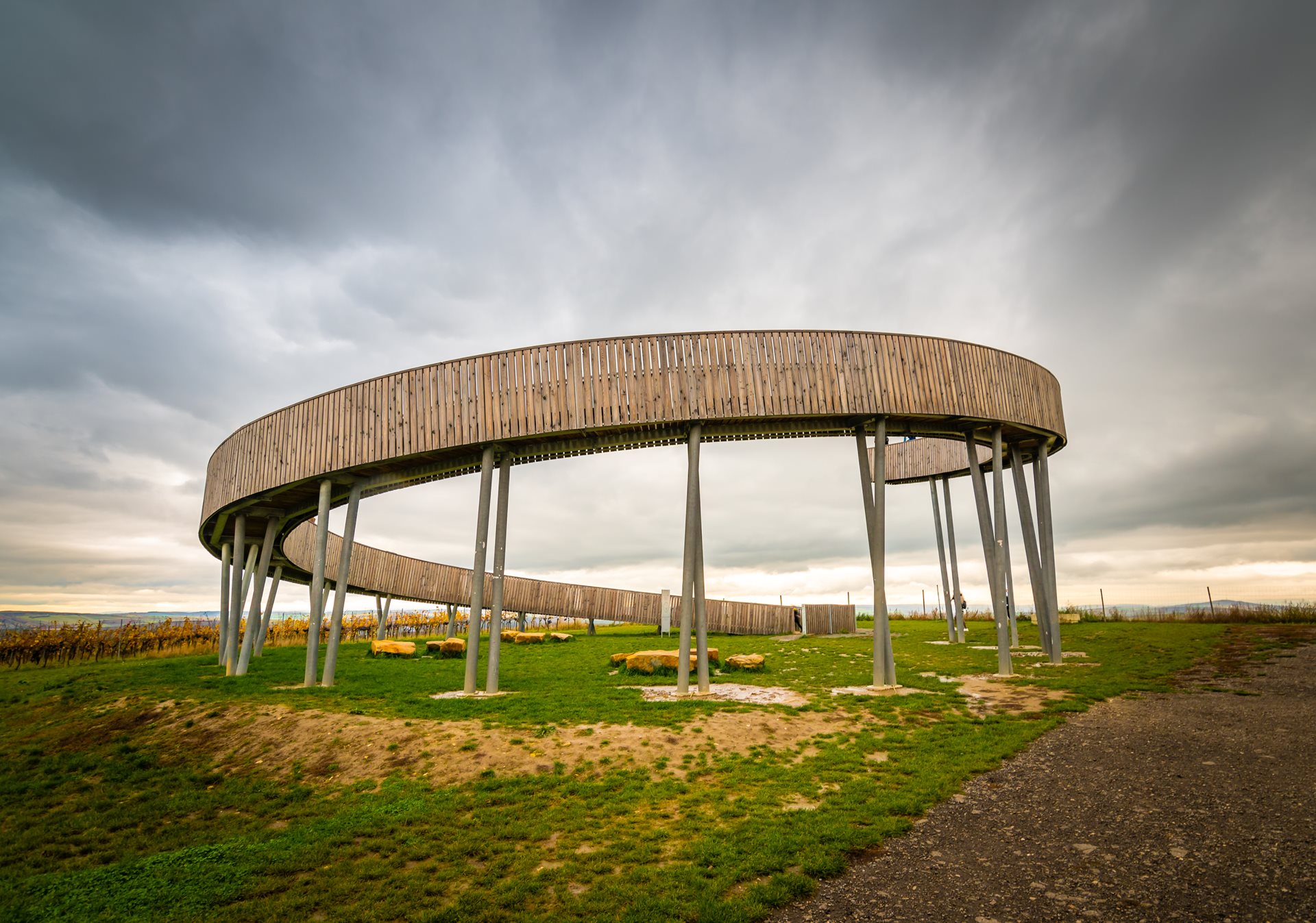
Church of St. Wenceslas in Sazovice
Once again, Moravia. Once again, a village near Zlín, Sazovice. Three years ago, the Church of St. Wenceslas was built there, and it was considered one of the best structures in the world in 2017. And why were the experts so captivated by the church designed by Marek Jan Štěpán? Both lay and expert public appreciate the purity of the exterior and interior alike. The purity and simplicity brings a feeling of calm, peace and quiet. There, you will find a space without any visual pollution – concentrated, collected and pure. The light that illuminates the space through gaps in the walls helps create the serenity and intimacy of the space, while you cannot see the outside world from the church. The church is shaped as a cylinder and references the tradition of Romanesque rotunda construction, which is over one-thousand years old.